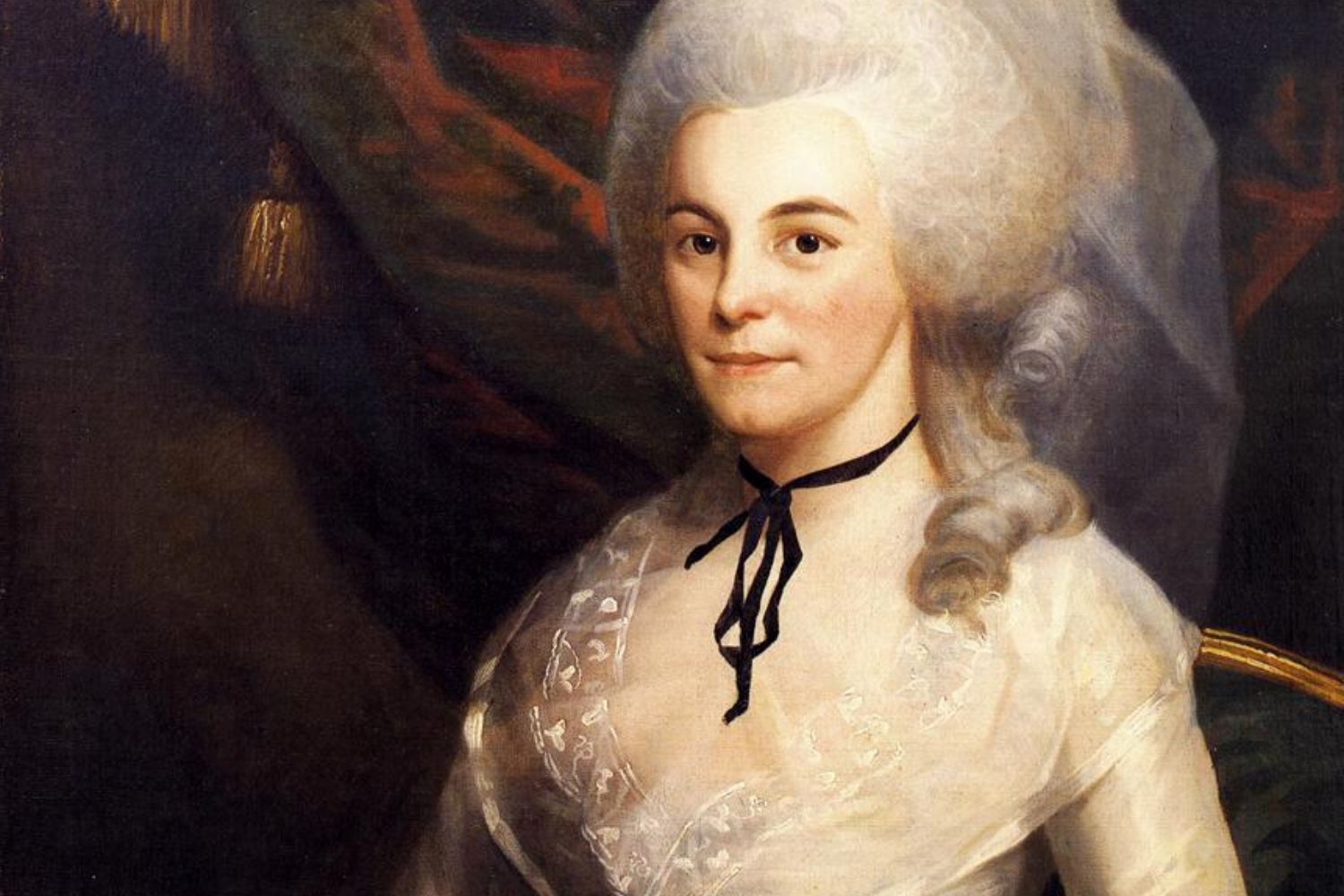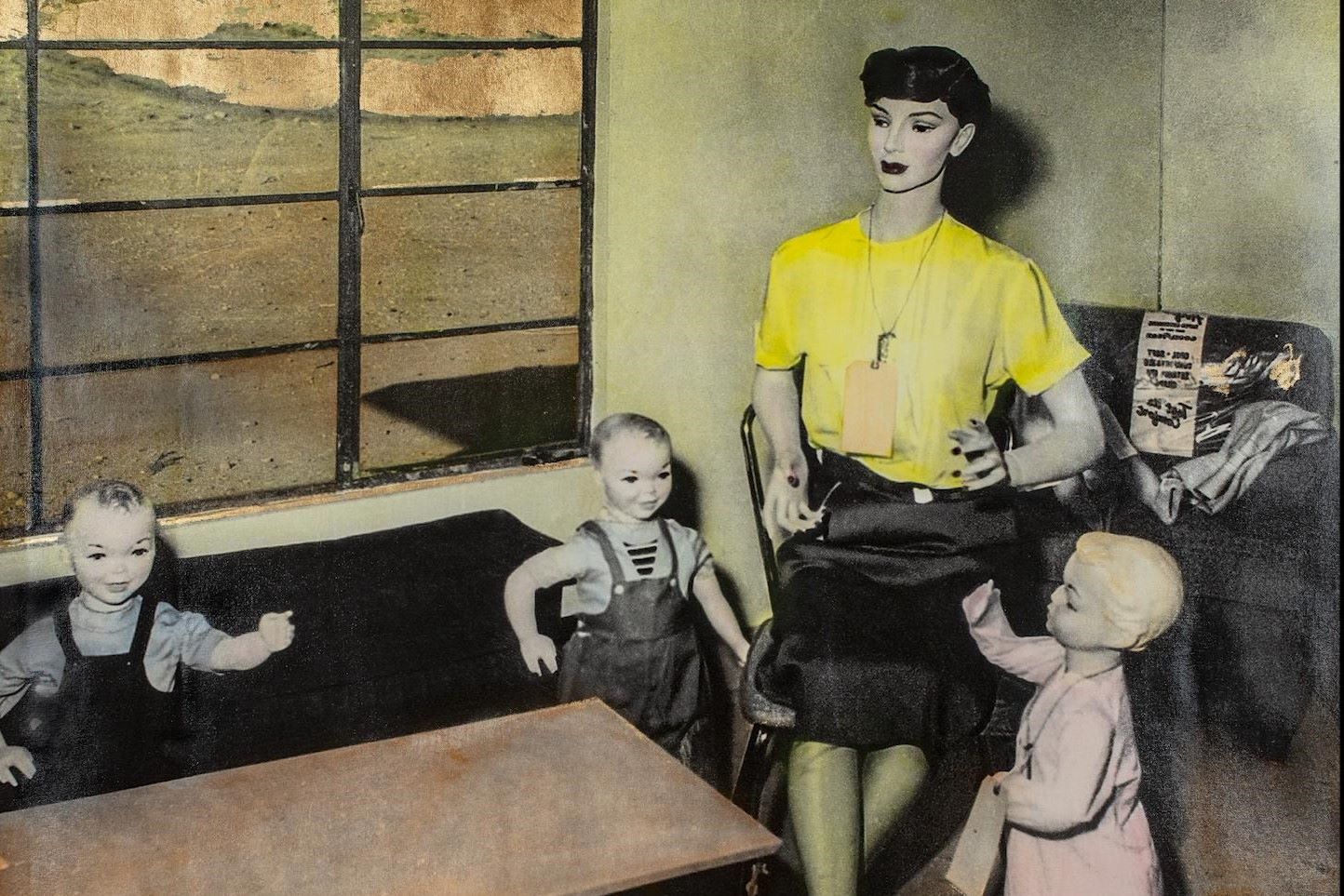
Who was Hannah Duston? Born in 1657, Hannah Duston became a notable figure in American history due to her dramatic escape from captivity. In 1697, during King William's War, she was captured by Abenaki warriors. Duston, along with other captives, was taken to an island in the Merrimack River. There, she orchestrated a daring escape, killing ten of her captors and fleeing back to safety. Her story has sparked both admiration and controversy over the years. Some view her as a symbol of bravery, while others criticize her violent actions. Hannah Duston's tale remains a compelling chapter in colonial history.
Key Takeaways:
- Hannah Duston, a brave colonial woman, escaped captivity after a daring attack on her captors. Her story is celebrated for resilience but also sparks debate about her actions.
- Hannah Duston's tale has left a lasting impact on American culture, influencing literature, art, and public memory. Her story reflects changing attitudes towards history and morality.
Who Was Hannah Duston?
Hannah Duston, a colonial New England woman, became famous for her dramatic escape from captivity during King William's War. Her story is filled with bravery, controversy, and a bit of mystery.
- Hannah Duston was born on December 23, 1657, in Haverhill, Massachusetts.
- She married Thomas Duston in 1677, and they had nine children together.
- On March 15, 1697, Hannah was captured by Abenaki Native Americans during a raid on Haverhill.
- During the raid, her newborn daughter was killed by the captors.
- Hannah, along with her nurse Mary Neff and a boy named Samuel Lennardson, were taken northward by the Abenaki.
- After traveling for about 100 miles, they reached an island in the Merrimack River, near present-day Boscawen, New Hampshire.
The Daring Escape
Hannah's escape from captivity is one of the most dramatic episodes in early American history. She showed incredible courage and resourcefulness.
- On the night of March 30, 1697, Hannah and her companions attacked their captors while they slept.
- They killed ten of the twelve Abenaki, including six children.
- Hannah took the scalps of the dead as proof of their deed.
- They then traveled by canoe down the Merrimack River to safety.
- Upon returning to Haverhill, Hannah and her companions were hailed as heroes.
- The Massachusetts General Court awarded them a bounty for the scalps.
Legacy and Controversy
Hannah Duston's story has been told and retold, often sparking debate about her actions and their implications.
- In 1874, a statue of Hannah Duston was erected in Haverhill, Massachusetts.
- This statue is believed to be the first publicly funded statue in the United States to honor a woman.
- Another statue of Hannah stands in Boscawen, New Hampshire, near the site of her escape.
- Some view Hannah as a symbol of colonial resilience and bravery.
- Others criticize her for the killing of children, viewing her actions as excessively brutal.
- Her story has been included in various historical accounts, novels, and even poems.
Cultural Impact
Hannah Duston's tale has permeated American culture, influencing literature, art, and public memory.
- Nathaniel Hawthorne wrote a short story titled "The Duston Family" based on her life.
- Henry David Thoreau mentioned Hannah Duston in his book "A Week on the Concord and Merrimack Rivers."
- The town of Haverhill celebrates Hannah Duston Day annually.
- Her story has been the subject of numerous historical and fictional books.
- Hannah's escape has been depicted in paintings and sculptures.
- Some schools and public buildings in New England are named after her.
Historical Context
Understanding the time period in which Hannah lived helps to contextualize her actions and the reactions of her contemporaries.
- King William's War (1688-1697) was part of a series of conflicts between England and France, with Native American tribes often involved.
- The raid on Haverhill was part of a larger strategy by the French and their Native American allies to destabilize English settlements.
- Captivity narratives were a popular genre in colonial America, often highlighting the dangers faced by settlers.
- Hannah's story fits into this genre, emphasizing themes of survival and revenge.
- The Puritan belief system of the time often framed such conflicts in terms of good versus evil.
Modern Interpretations
Today, Hannah Duston's story is examined through various lenses, reflecting changing attitudes towards history and morality.
- Some historians view her actions as a desperate bid for survival in a brutal time.
- Others see her as a product of colonial propaganda, used to justify harsh measures against Native Americans.
- Modern discussions often focus on the ethical implications of her actions.
- Her story is sometimes used in debates about the portrayal of women in history.
- The controversy surrounding her legacy reflects broader issues of how history is remembered and interpreted.
- Despite differing opinions, Hannah Duston's story remains a compelling part of American history.
Hannah Duston's Legacy
Hannah Duston's story remains a mix of bravery and controversy. Her actions during her captivity and escape have sparked debates for centuries. Some view her as a hero who fought for survival, while others see her actions as extreme. Regardless, her tale highlights the harsh realities of colonial America and the complex relationships between settlers and Native Americans.
Duston's legacy is preserved in various monuments and historical accounts, reminding us of the turbulent times she lived through. Her story encourages us to reflect on the past and understand the different perspectives involved. Whether seen as a symbol of resilience or a figure of contention, Hannah Duston's life continues to captivate and provoke thought. Her story is a testament to the complexities of history and the enduring human spirit.
Frequently Asked Questions
Was this page helpful?
Our commitment to delivering trustworthy and engaging content is at the heart of what we do. Each fact on our site is contributed by real users like you, bringing a wealth of diverse insights and information. To ensure the highest standards of accuracy and reliability, our dedicated editors meticulously review each submission. This process guarantees that the facts we share are not only fascinating but also credible. Trust in our commitment to quality and authenticity as you explore and learn with us.


